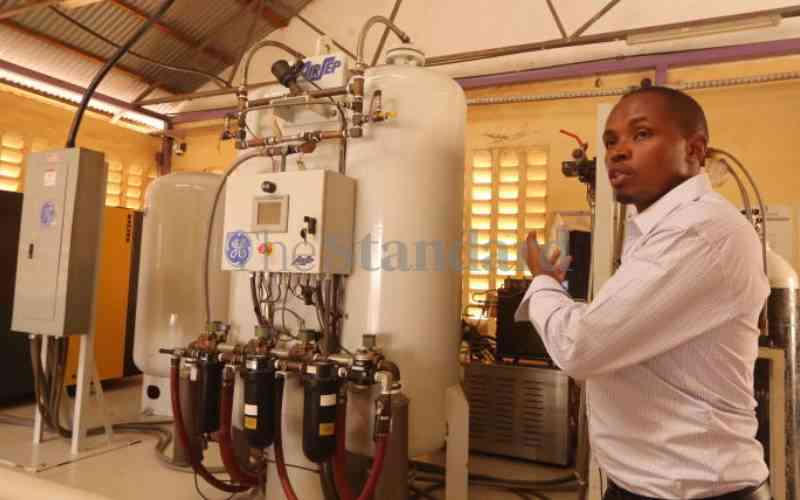
Last week, Kenya garnered a historic milestone in the journey toward Universal Health Coverage. President William Ruto inaugurated a mega initiative by Amref Health Africa, the largest health development non-governmental organisation in Africa.
The initiative, financed through the support of the Global Fund for HIV, TB, and Malaria, provided Sh20,971,500,000 (USD$ 155 million) as an emergency investment towards the Covid-19 Response Mechanism (C19RM) to Kenya, out of which Sh5,547,300,000 (USD$ 41 million) went into strengthening the supply system for medical oxygen.